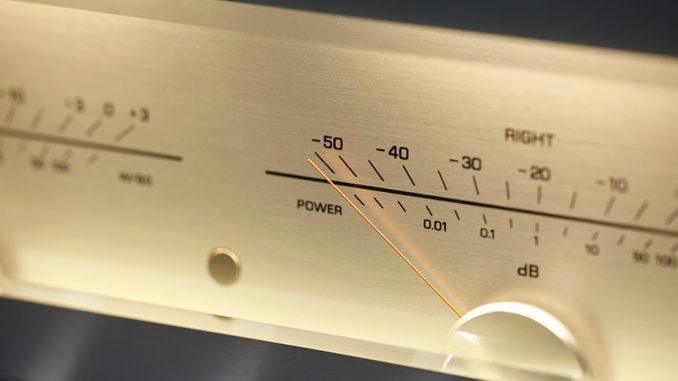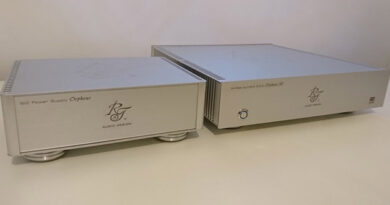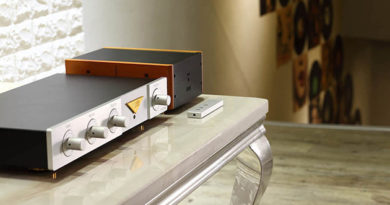Balanced and unbalanced amplifier, what is the difference?
When you improve your audio system in order to get the perfect sound, sooner or later you will notice that in the most expensive Hi-Fi segment, XLR connectors are present on the amplifiers. Their presence may indirectly indicate that the amplifier is built according to the balance scheme.
Accordingly, there are balanced gain schemes and unbalanced, in other words – symmetrical (balance) and asymmetric (unbalance). What it is and why we will figure it out. So you see the XLR connector on the amplifier.

XLR inputs are waiting for a signal from the source. Just in practice, you can understand that you need a special cable for this:
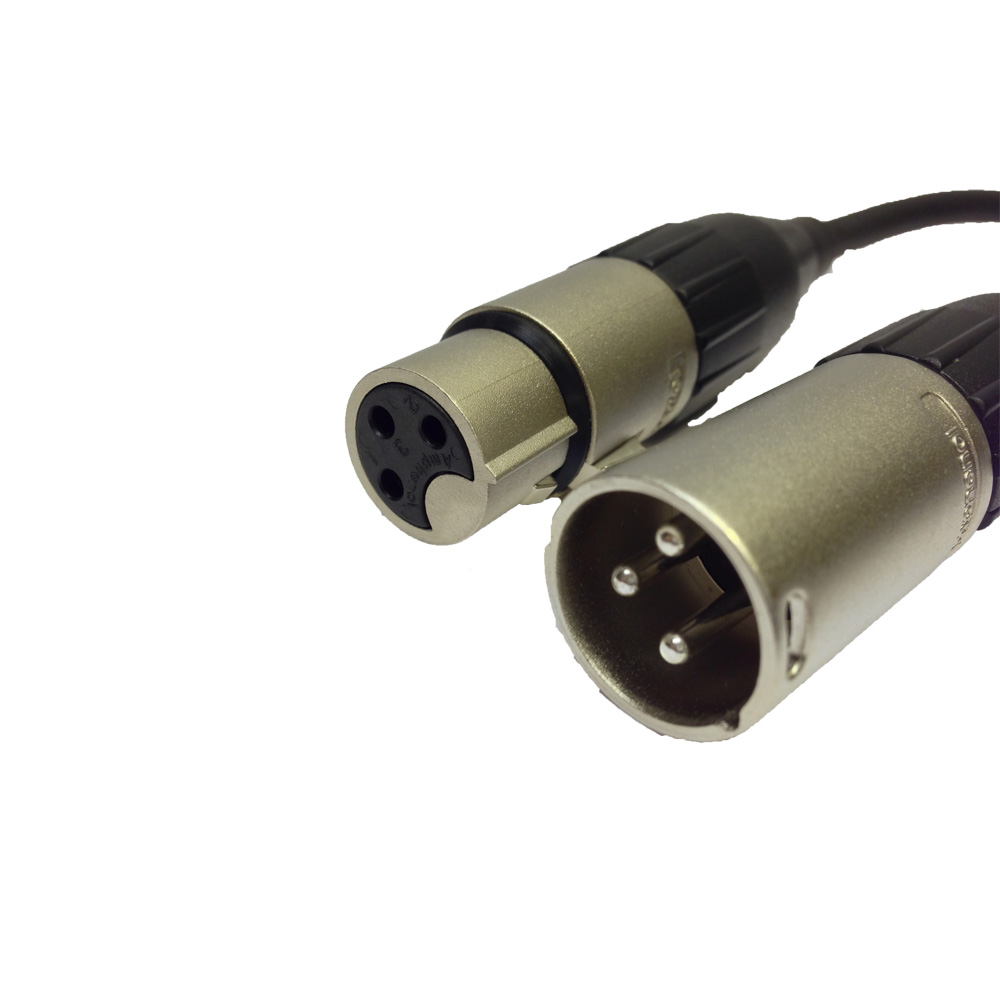
And correspondingly at the source – CD player or DAC output is also desirable to be XLR (why? – more on this later).
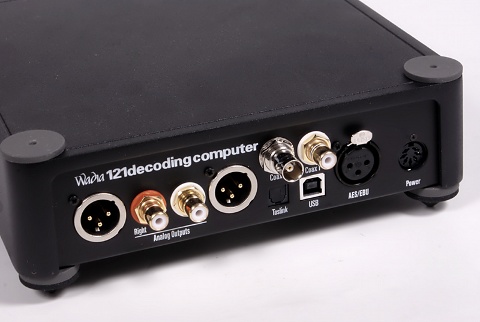
At this stage, you can understand that in the budget medium and high segment, XLR almost never happens. But in top-end/Hi-End models are common. Why?
Let’s start in order. The Kenon or XLR connector itself is a professional connector with a latch that provides a very strong connection (the cable will not detach itself and will not shorten anything – everything is thought out). XLR stands for X – name of the connection type itself, L – latch, R -rubber on the plug. It is not difficult to guess that if plastic was applied, and not rubber, the connector would be called (and is called, there are such variants) XLP, where P is plastic.
But in addition to the latch, this connector potentially contains a very important property – the connector has 3 pins (sometimes 5 and 7, but we are talking about Hi-Fi audio) – one pin is the ground, the second “plus” and the third “minus”. Which of the 2 and 3 plus, and which minus depends on the standard, for Europe, this 2 is a plus, and 3 is a minus.
Initially, the signal is split by the same DAC (if the DAC is balanced) and the signal itself goes to the output on 2 pins, its inverted copy on the third pin, and the 1st-the ground. And in this “bifurcated” form, the signal should reach the amplifier. Now it is easy to conclude that if we had 1 signal+ground, as on standard RCA cables (tulpanchik), then we amplify this signal with an amplifier and output it to the speakers. This method of amplification is called asymmetric (unbalance). Advantages of an unbalanced amplifier connected via an RCA cable – this is a standard switching method, so 90-95% of all home audio equipment is connected, and this is the most common method of amplification (unbalanced).
Disadvantages – the cable picks up interference in its path and transmits it to the amplifier. Manufacturers have created excellent circuits and unbalanced amplifiers sound so good that you may not want a better sound at all. But let’s go back and purely theoretically, we have 2 signals, one of which is inverted. We transmit it to the amplifier without changes via a cable with an XLR connector. Since we have 2 signals in one channel, we need an amplifier, some other. We need an amplifier that amplifies both signals.
When adding up the inverted and non-inverted signal, the interference that was collected along the path of the signal is mutually destroyed. In addition, the signal itself becomes 2 times stronger when combined. This means that the signal has significantly better dynamic resolution, has no interference, and doubles the speed of response to the audio signal. In other words, a potentially balanced amplifier is better in terms of speed and dynamic resolution. Potentially, because everything depends on the circuit and the applied transistors in the device. It is also logical that a balanced amplifier will cost more than an unbalanced one. But I will pay attention to another unexplored point: today, if you see XLR connectors on the back of the amplifier, it does not mean that the amplifier is balanced.
Yes, we combined ground and minus and got a standard RCA. Many amplifiers with XLR connectors on the amplifier side just have 1 and 3 legs closed and you think you have a balanced device, but in fact you are using an unbalanced one. But why is this done, is it stupid or what? We continue to understand the example of a wonderful amplifier Yamaha P2100 with a very high resolution, control and speed. We will say this, I personally do not need better than this device to sound like a normal RCA – everything suits us – and space and resolution and speed, but it also has XLR connectors!
We already observed the effect on the sound when connecting the Yamaha P2100 Professional power amplifier in a friend’s system when we switched the wires from XLR (balanced) to RCA (unbalanced). The source was a DAC with a balanced output Youlong and, accordingly, the sound from it was fed to the Yamaha P2100 on the XLR connector. The result from the XLR was very noticeable – clearly a higher resolution. This could not be overlooked, as the difference is not at the level of sensations, but obvious – the resolution grew quite clearly, the localization of instruments improved, the sound became more voluminous (three-dimensional).
I was recently asked if the XLR inputs (and therefore the Yamaha P2100 amplifier itself) are actually balanced, as they have the word unbalance above them, which means asymmetric, ie. unbalanced. But below these XLR connectors there were unbalanced RCAs and it was possible to assume that the inscription concerns them as above there were still messages. In addition, there was a clear difference between switching from XLR connectors to RCA – RCA were more blurred in sound, with lower resolution.
Yes, the voltage at the balanced (XLR) output is higher than at the unbalanced (RCA) – of course it depends on the specific implementations in the product, but still, in us DAC on Saber9018, in Youlong and in the above -mentioned XiangSheng DAC-05a the voltage through XLR is noticeably higher, 9 volts, not the standard 1-2 volts for imbalance (RCA). It is logical that the amplifier should digest such a high voltage as 9 volts, and having XLR-connectors, the amplifier, even if it is not balanced, is ready to do it (again, of course, depends on the specific product).
If you apply 9 volts to the RCA input, you will hear a very scaled distorted sound, at least if something does not burn out. And I’ve already mentioned that more voltage is more dynamic resolution, so it’s no surprise that even when we use a sham “pseudo-balance”, but from a real balanced source, we get a clear increase in sound quality. The sound gets more musical resolution, more three-dimensionality, and even better localization, although it would seem “much better”? When you return to the RCA connection, the image is blurred and it is noticeable.
We hope this article gave at least a small understanding of what is really a balanced and unbalanced amplifier.

